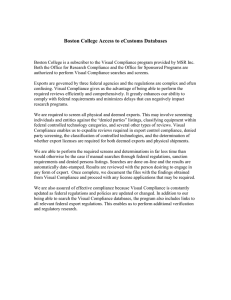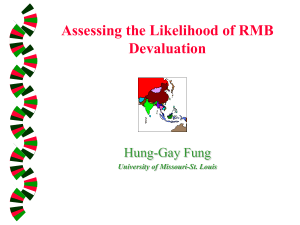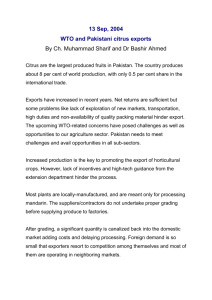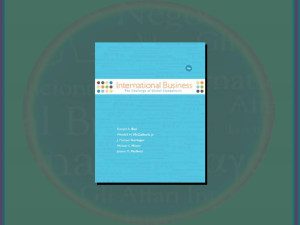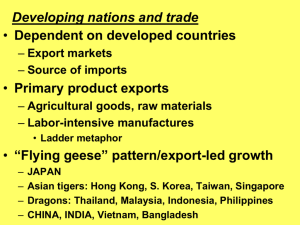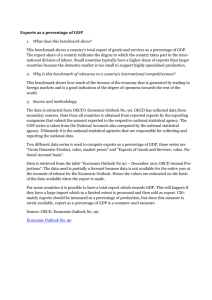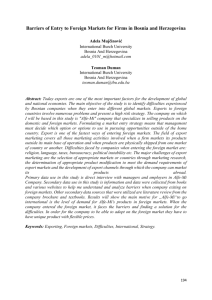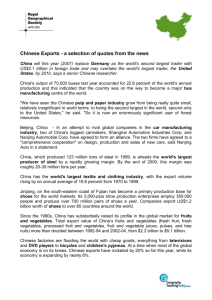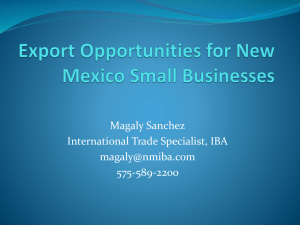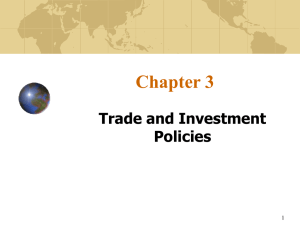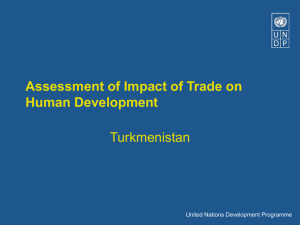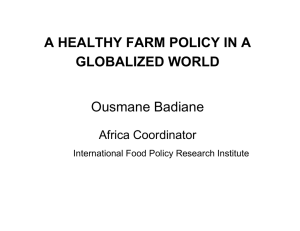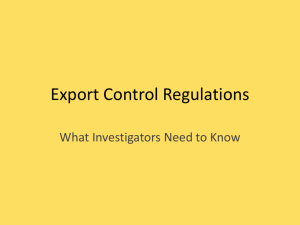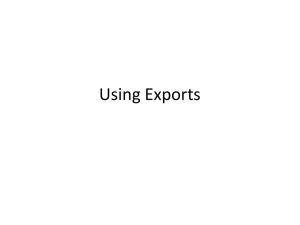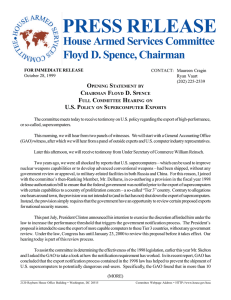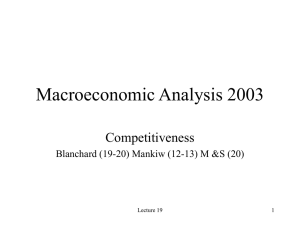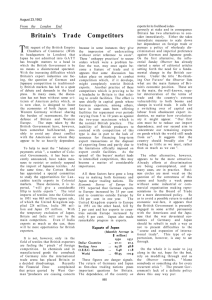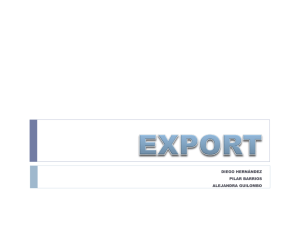Chapter 3: Theories of International Trade and Investment
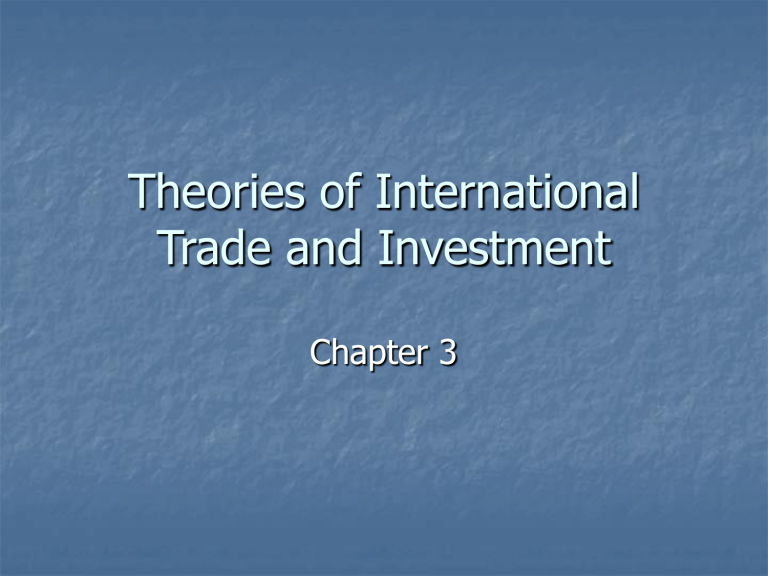
Theories of International
Trade and Investment
Chapter 3
International Trade Theory
Mercantilism
Goals
Effects on today
Economic nationalism
Theory of Absolute Advantage
Adam Smith
Specialize
International Trade Theory
Heckscher- Ohlin Theory of Factor Endowment
Countries export
Countries import
Assumptions
Perfect market
Technology
Leontief Paradox
U.s. is capital-intensive
Why?
Outcome
Differences in Taste
Money can change flow of trade
Exchange rates
Currency devaluation
International Trade Theory
New Explanations for Direction of Trade
Economies of scale and experience curve
Why?
First-mover theory
Linder Theory of Overlapping Demand
Manufacturing goods
Income levels
International Product Life Cycle
What is it?
Exports imports
Process
U.S. exports
Foreign production begins
Foreign competition in export markets
Import competition in U.S.
Technology Life Cycle
U.S develops
Other developed
Developing
Porter’s Competitive Advantage of
Nations
What is it?
Factors
Demand conditions
Factor conditions
Related and supporting industries
Firm strategy, structure, and rivalry
Summary
Differences in endowments of factors of production
Differences in level of technology
Differences in efficiencies with which factor intensities are utilized
Foreign exchange rates
Trade Restrictions
Arguments for Restriction
National Defense
Sanctions to Punish Offending Nations
Protect Infant Industries
Protect Declining Industries
Protect Domestic Jobs
Scientific Tariff or “Fair Competition”
Retaliation
Dumping
Five types
Subsidies
Countervailing duties
Trade Barriers
Tariffs
Ad valorem
Specific duty
Compound duty
Official prices
Variable levy
Lower duty for more local input
Trade Barriers
Nontariff Barriers
Quantitative
Quotas
Absolute
Tariff-rate
Global
Voluntary export restraints
Orderly marketing arrangements
Multifiber Arrangement
Trade Barriers
Nontariff Barriers
Nonquantitative
Direct government participation in trade
Agriculture procurement policies
Government procurement policies
1920 Jones Act
Customs and other administrative procedures
Standards
Managers must be aware of barriers!!!!!!
Trade Barriers
Multinational Global Manufacturing
Systems
Two options
Costs of Barriers
Consumer costs
Economic Development
Categories
Developed
Developing
New Industrialized Countries
Three characteristics
Newly Industrialized Economies
IMF Classifications
World Bank
GNP/capita
Problems with that
Underground market
Exchange rates
Purchasing power parity
Atlas conversion factors
Characteristics of Developing
Nations
GNP/ capita of less than $9,075
Unequal distribution of income, small middle class
Technological dualism
Regionalism dualism
80-85% of population in unproductive agricultural sector
Disguised unemployment or underemployment- two people doing what one can do
High population growth (2.5-4%)
High rate of illiteracy
Widespread malnutrition
Political instability
High dependence on few exports (agriculture and minerals)
Inhospitable topography
Low savings rates and inadequate banks
Human-Needs Approach
Goals
Human Development Index
Investment in Human Capital
Return
International Investment Theories
Monopolistic Advantage Theory
Product and Factor Market Imperfections
International Product Life Cycle
Other Theories
Follow-the-leader theory
Cross investment
Internationalism theory
Dunning’s Eclectic Theory of International Production
Ownership-specific
Internalization
Location-specific

